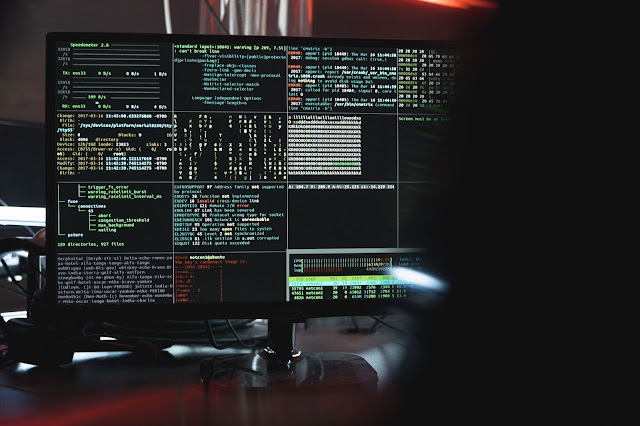Photo: Pexels / Tima Miroshnichenko
Businesses have now been paying more attention to hiring skilled IT personnel or signing up with a reputable IT company. Hirings and collaborations like these can help them manage their system’s vulnerability and security and shield their data from any unauthorized access. There is no doubt such a demand for cybersecurity is crucial as cyber threats continue to evolve and pose unrecoverable threats to sensitive data. Below, we have identified some emerging cyber threats you should look for.
1. Generative AI on Both Sides
As Artificial Intelligence rapidly evolves, more smart AI-powered attacks can be predicted. AI is reaching unprecedented levels of complexity, such as deep fake social engineering to elude detection.However, this technology can also be used to maximize the potential of defensive measures. AI-powered real-time anomaly detection, automated incident response mechanisms, and adaptive authentication can be used to leverage our ability to detect, evade, and tackle cyber threats. In this battlefield of cyber attackers and defenders, AI is a potent tool that may be used by anyone who figures out how to use it to retrieve its maximum potential.
2. Vulnerability of the Cloud
Since an increasing number of organizations are setting up their servers and uploading their data to the cloud, security needs to be assessed on an increased basis. Cloud services use interfaces and APIs (Application Programming Interfaces) to interact with other users and services. If these interfaces are not properly secured, they can serve as an entry point for attackers to exploit and gain unauthorized access.While companies like Google and Microsoft have equipped themselves with comprehensive security measures, it’s still the user end – sharing resources, installing malicious software, and insider threats – that could raise data privacy concerns despite the layers of additional security.
3. Remote Working Culture
Work-from-home culture has been widely adopted since the COVID-19 pandemic isolated the world. Even after SOPs were abrogated because of the decline in cases, remote work prevailed as a convenient solution for employees and employers.However, the lack of security is concerning to many. Users share data from improperly secured devices and networks designed for ease and convenience rather than secure operations and transactions.
In an office setting, proper use of firewalls is implemented, and an IT team can be trusted to practice adequate security measures such as network security, endpoint protection, and regular security audits to avoid cyber threats.
The absence of firewalls and security standards in a remote working environment is an alarm for organizations to incorporate proper security tools and enhanced communication channels for maintaining a secure work environment outside the traditional office setting.
Endnote
As long as humanity exists, security will likely remain a concern, whether in a physical setting or over the internet. Although physical security measures are more tangible and can be well understood by an educated adult, cybersecurity demands specific knowledge about a particular subject matter.Awareness of minute details and actions that could lead to more significant problems is crucial, and only a person with proficiency and skills developed in the cyber domain can effectively handle them.
Still, specific measures like not allowing unauthorized third-party access to your data, implementing encryption techniques to safeguard your data, and employing firewalls to monitor and control incoming and outgoing data, etc., can be some basic steps to prevent data theft or a cyber attack, more proactive and diligent approaches can be taken at higher levels to assure the overall safety of your sensitive information.
by Web Desk via Digital Information World

No comments:
Post a Comment